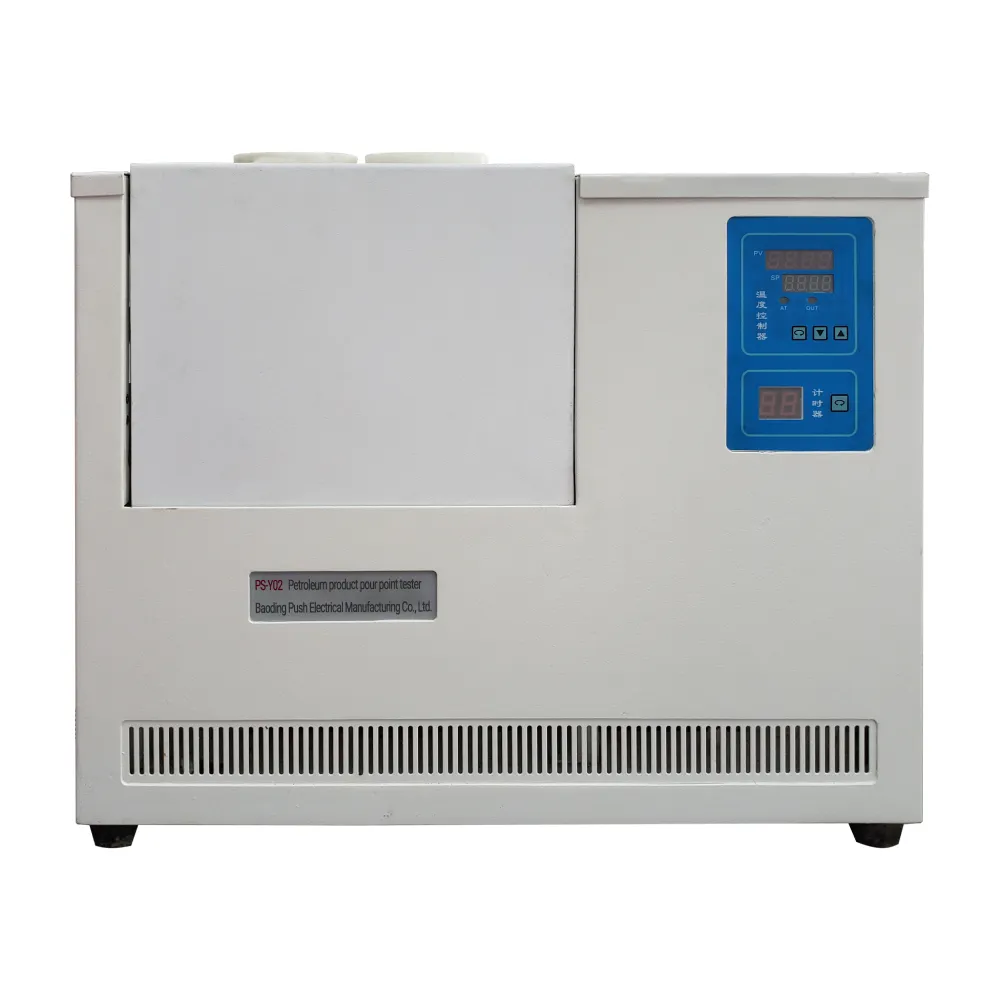 English
English


bubble pressure tensiometer
Understanding the Bubble Pressure Tensiometer A Valuable Tool in Surface Chemistry
The bubble pressure tensiometer is a sophisticated instrument employed in surface chemistry, primarily to measure the surface tension of liquids. Surface tension, a crucial property, significantly influences phenomena such as wetting, spreading, and stability of emulsions and foams. The bubble pressure tensiometer functions on the principle that the pressure required to generate a gas bubble in a liquid is directly related to the surface tension at the liquid interface.
Operating Principle
To grasp how a bubble pressure tensiometer works, it is essential to comprehend its fundamental operating principle. The device consists of a capillary tube submerged in the liquid whose surface tension is to be measured. As air or another gas is forced through the capillary tube, it generates bubbles at the end of the tube. The pressure required to form and maintain these bubbles correlates with the liquid's surface tension.
The relationship between the bubble pressure (P) and surface tension (γ) can be mathematically represented by the Young-Laplace equation, which delineates the balance of pressures at the liquid interface shaped by the curvature of the bubble. As the bubble grows, the pressure varies until it stabilizes, providing a direct measure of surface tension. Importantly, bubble pressure tensiometers offer real-time measurements, making them ideal for dynamic systems where surface tension can fluctuate due to changes in composition or conditions.
Advantages
One of the primary advantages of the bubble pressure tensiometer is its ability to measure surface tension in a range of conditions and for various types of liquids, including those that may not be easily measured using traditional methods
. For instance, this method is particularly valuable in scenarios where samples are sensitive or volatile, as it minimizes the exposure of the liquid to the atmosphere.bubble pressure tensiometer

Moreover, bubble pressure tensiometers provide highly accurate and reproducible results, making them suitable for both research and industrial applications. They are frequently used in the formulation of detergents, pharmaceuticals, and food products, where understanding surface properties can significantly impact product performance and stability.
Applications
In industrial settings, bubble pressure tensiometers play a pivotal role in quality control. By monitoring the surface tension of incoming raw materials and final products, manufacturers can ensure that their products meet required specifications and maintain consistency. In research, scientists leverage this instrument to study surfactant behavior, ligand interactions, and the properties of colloidal systems.
Furthermore, these tensiometers are indispensable in environmental studies, particularly in analyzing the surface tension of water contaminated by various pollutants. Changes in surface tension can indicate the presence of surfactants and aid in assessing water quality, thereby providing critical data for remediation efforts.
Conclusion
In conclusion, the bubble pressure tensiometer stands as a vital instrument in the realm of surface chemistry. Its principle of operation, coupled with its numerous advantages, including accuracy and versatility, make it an indispensable tool in both industrial applications and scientific research. As we continue to explore the complexities of liquid interfaces, the use of advanced measuring devices like the bubble pressure tensiometer will remain crucial for understanding and improving the physical properties of liquids across various fields.
-
Differences between open cup flash point tester and closed cup flash point testerNewsOct.31,2024
-
The Reliable Load Tap ChangerNewsOct.23,2024
-
The Essential Guide to Hipot TestersNewsOct.23,2024
-
The Digital Insulation TesterNewsOct.23,2024
-
The Best Earth Loop Impedance Tester for SaleNewsOct.23,2024
-
Tan Delta Tester--The Essential Tool for Electrical Insulation TestingNewsOct.23,2024





